Bay leaf Profile
Written by Joy
Nov 02 2020
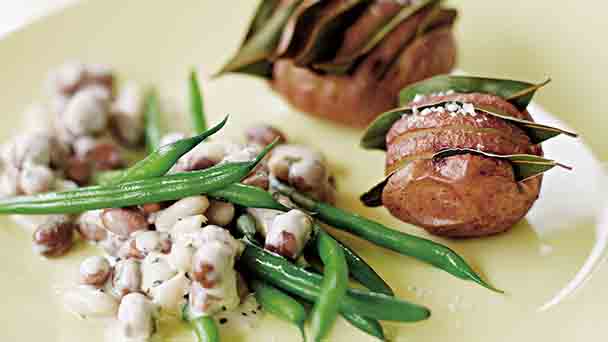
Bay leaf is the leaf of sweet laurel, an evergreen tree of Lauraceae. A popular spice used for pickling or dipping food, and also for stew, stuffing, and fish. Fragrant, but slightly bitter. The essential oil content is about 2%, the main component is cineole (C10H18O). Dried bay leaves are smooth and shiny. They are usually used whole and removed from dishes after cooking. Or sold as laurel powder. Sweet Laurel is native to the Mediterranean coast and has been cultivated since ancient times. In ancient Greece, laurel leaves were used to make wreaths on the heads of winning athletes. In the Middle Ages, bay leaves were used for medicinal purposes.
Bay leaf morphological characteristicsBay leaf growth habit and growing environment and distributionBay leaf efficacy and roleBody curative effectSkin efficacyThe history of bay leaf and related myths
Bay leaf is also called fragrant laurel leaf and laurel leaf etc.Laurel is a small evergreen tree of Lauraceae, and its leaves are used as condiments in cooking. Although bay leaf is also called laurel leaf, it is different from the laurel leaf of the cinnamon tree and the laurel leaf of the osmanthus tree. It belongs to western food seasoning and canned ingredients, and its value is much higher than cinnamon leaves and osmanthus leaves.
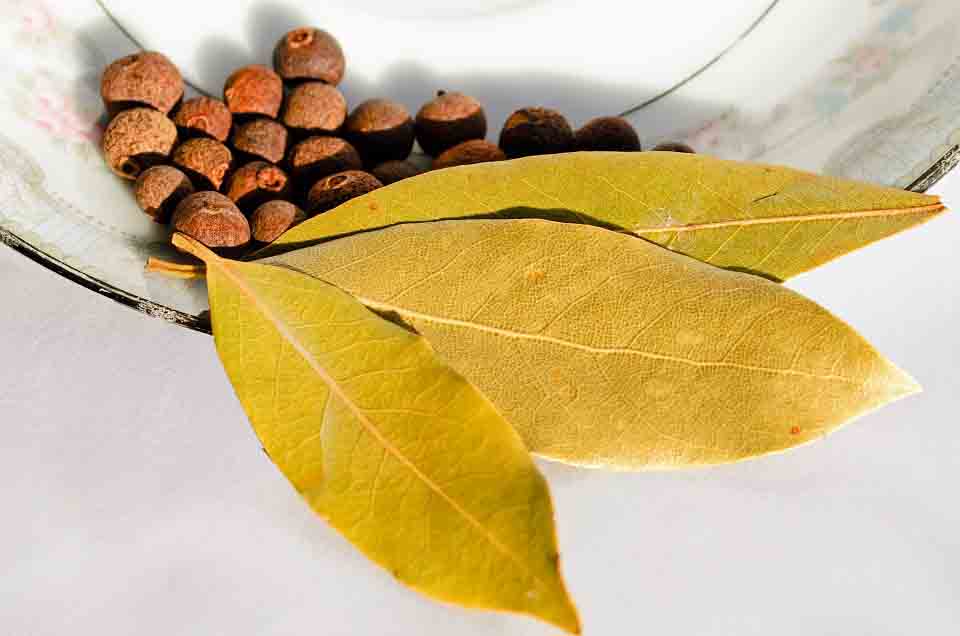
Bay leaf morphological characteristics
Bay leaves are evergreen trees with a height of 9-12m and dark brown bark. The leaves are alternate, leathery, oblong or lanceolate, about 6-11cm long, 2-4cm wide, apex acute, base wedge-shaped, whole or slightly wavy, recurved, dark green, with fragrance after broken; leaf veins Pinnate, raised on both sides; petiole is about 1cm long and purple. The umbels are axillary and dioecious; the flowers are relatively small, 3-4mm in diameter, and yellow. Its total pedicel is about 1cm long, with involucre at the base of the stem; male flower tepals 4, obovate, apex obtuse; stamens 12, arranged in 3 numbers per round, anthers split inward; female tepals 4, pistil 1, ovary 1 compartment, short stigma, slightly capitate. The berries are oval and dark purple. The flowering period of bay leaves is generally in April.Bay leaf growth habit and growing environment and distribution
Ecological environment: It’s native to the Mediterranean.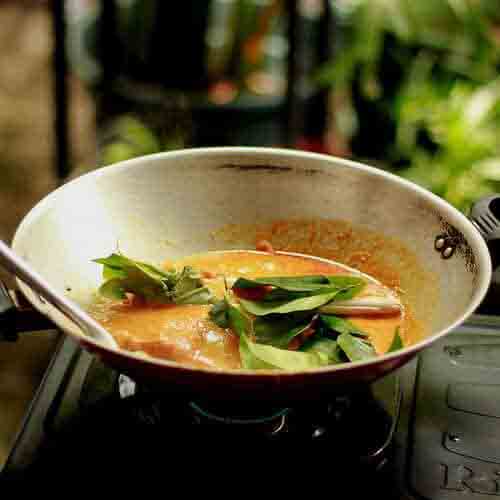
Bay leaves are generally oblong or lanceolate, 6-11cm long, 1.5-4cm wide, sharp at the tip, wedge-shaped at the base, whole or microwave-like, recurved, gray-green on the upper surface, light on the lower surface and on both sides. The veins and net veins of Bay leaves are prominently raised and glabrous; petioles are 5-8mm long and glabrous. It is leathery and will not break easily. The air is fragrant and the taste is pungent and cool.
Bay leaf efficacy and role
Body curative effect
Bay leaves have significant benefits to the digestive system, can help you open your appetite, dispel flatulence, soothe stomach pain, and nourish the liver and kidneys, and promote the flow of urine.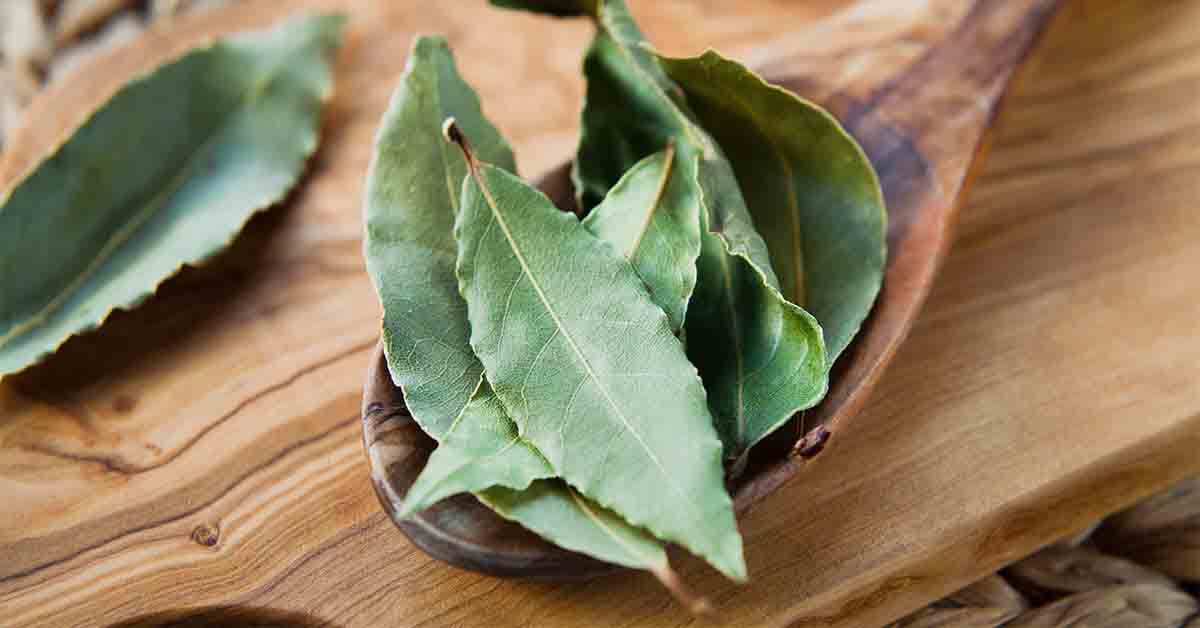
Bay leaf can regulate the reproductive system, regulate menstruation with too little flow, and can accelerate the process of labor during production. It can also help the condition of ear infections improve, thereby reducing the feeling of dizziness and restoring balance.
Skin efficacy
A good tonic for hair and scalp, it can stimulate hair growth and remove dandruff. It is said that it can also dispel congestion, soothe inflammation, and reduce the extent of scarring.The history of bay leaf and related myths
The Egyptians used Bay leaves a lot, and it was also favored by the Romans, who regarded it as a symbol of intelligence, protection, and peace. People often associate the laurel tree with Apollo, the god of medicine. The Latin origin of laurel is Laudis meaning praise, so those who win the Olympic competition will receive a crown made of laurel, and the image of Poet Laurel is also derived from this allusion.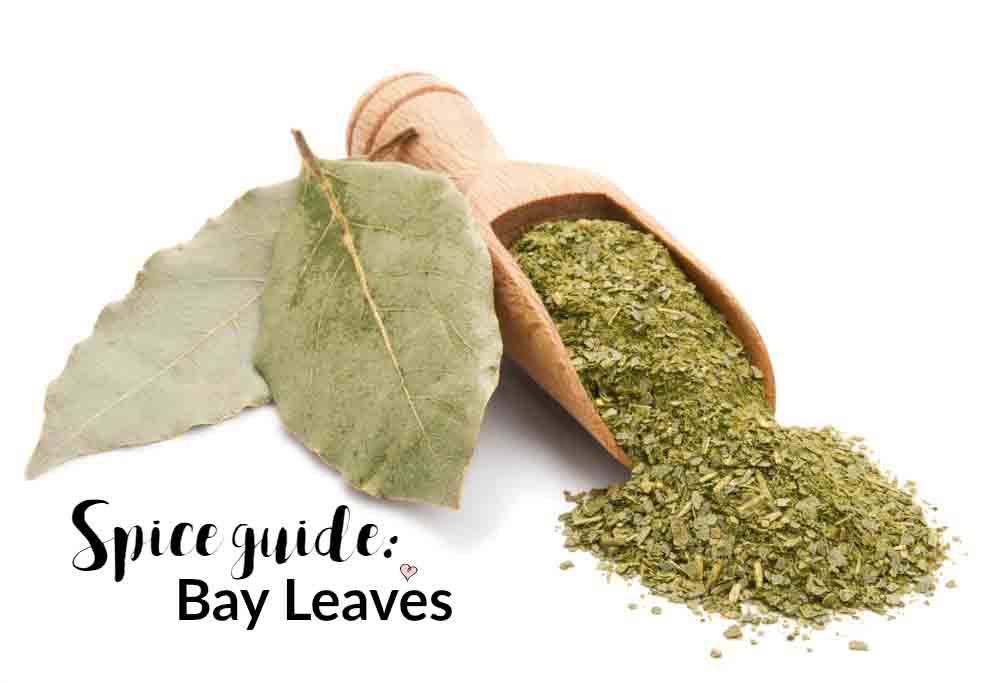
Latest Updated
- Benefits of Bugleweed - 7 Science-backed Health Benefits
- Bugleweed Dangers & Side Effects - Is It Poisonous?
- How to Plant Evergreen Trees - What You Should Know
- When to Plant Evergreens - Grow Guide for Evergreen Trees
- 12 Wonderful Evergreen Shrubs for Your Garden
- 12 Popular Evergreen Plants with Pictures for Beginners
- When And How To Prune A Lilac Bush Like a Pro
- How to Grow & Care for Lilac Vine (Hardenbergia Violacea)
- Japanese Lilac Tree (Syringa Reticulata) Care & Propagation Guide
- Shumard Oak Pros and Cons - What to Know
Popular Articles
- Winter maintenance of Antirrhinum Majus
- How to Grow Terminalia Mantaly Tree
- How to Grow and Care for Crossostephium Chinense
- How to grow Antirrhinum Majus in spring
- Peristeria Elata (Dove Orchid) Profile: Info & Care Guide
- Underwatered Snake Plant (Sansevieria Trifasciata) - Signs And How To Fix
- How to Care for Brazilian Jasmine Plant (Mandevilla Sanderi)
- How to Grow & Care for Graptopetalum Purple Delight in Summer
- Rosa Chinensis (China Rose): Plant Growing & Care Tips
- How to Care for Baby Sun Rose (Aptenia Cordifolia)